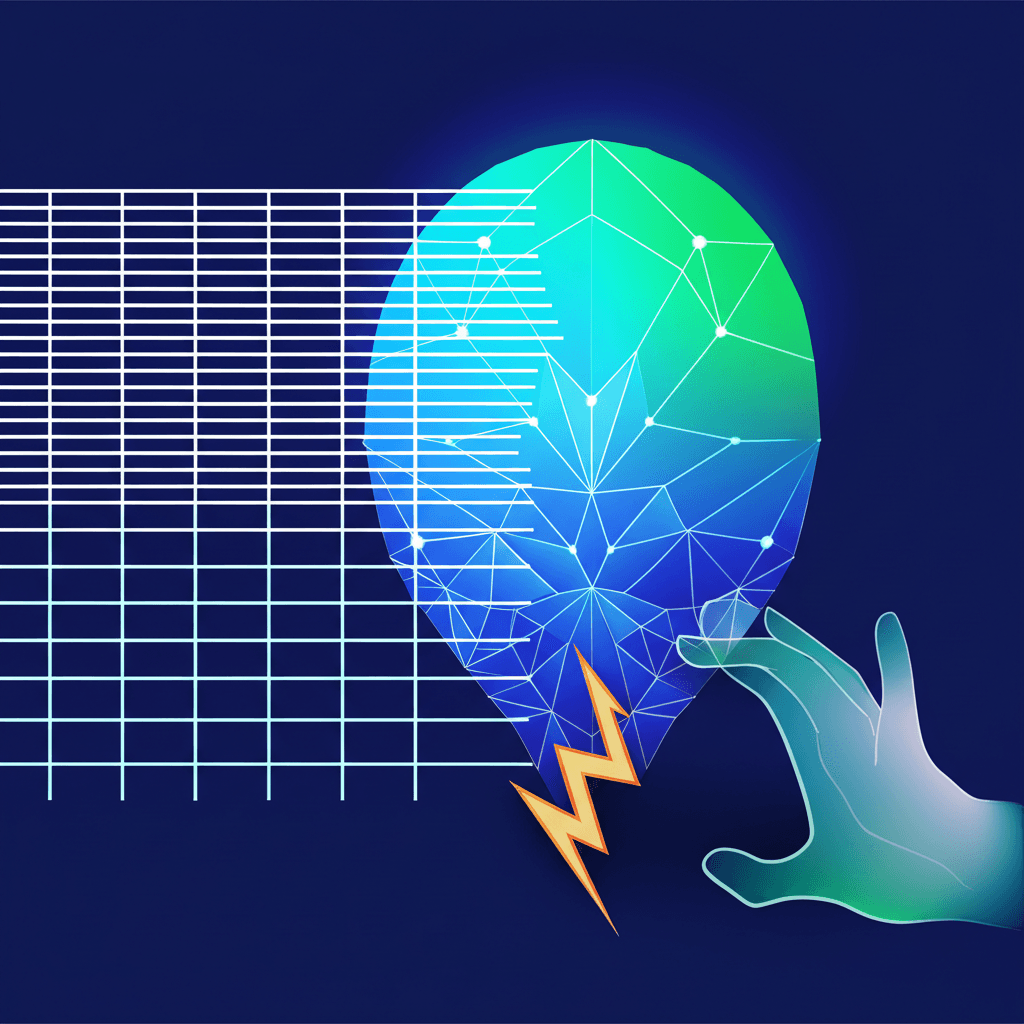YouTube Fails Expose Major AI Flaw: GPT-4o Can't Handle Surprises
Fail videos reveal how even advanced AI struggles with surprise, demonstrating a cognitive rigidity that limits real-world adaptability.
July 13, 2025

A vast collection of 1,600 YouTube "fail" videos has become the unlikely crucible for testing the world's most advanced artificial intelligence, revealing a critical flaw: leading AI models, including sophisticated systems like GPT-4o, struggle profoundly with surprises. Researchers from the University of British Columbia, the Vector Institute for AI, and Nanyang Technological University have demonstrated that these systems often form an initial impression of a scene and stubbornly refuse to revise it, even when presented with a clear, game-changing plot twist. This cognitive rigidity highlights a significant blind spot in AI development, raising serious questions about their readiness for real-world applications where the unexpected is a constant. The study underscores a fundamental difference between human and machine perception; while people are also fooled by surprising moments, they can adapt their understanding when new information comes to light, a capability current AI largely lacks.
The core of the research involved a newly created benchmark called BlackSwanSuite, which uses videos from the Oops! dataset. This dataset is a curated collection of online clips that feature an unpredictable turn of events.[1] The videos span various categories, with a significant portion dedicated to traffic incidents, children's mishaps, and poolside accidents.[1] In each video, a "surprise" element fundamentally changes the context of the scene. For instance, in one video, a man is seen swinging a pillow near a Christmas tree. An AI model might initially predict he intends to hit a person standing nearby. However, the pillow instead strikes the tree, dislodging ornaments that then fall on a woman. The study found that even after viewing the entire event, AI models often clung to their initial, incorrect hypothesis about the man's intent.[1] This inability to retrospectively analyze and correct an initial assumption is a key failure point. The research methodology was designed to rigorously test this, splitting each video into three parts—setup, surprise, and aftermath—and challenging the models with various tasks at each stage to see if they could logically follow the unfolding narrative.[1]
The performance of the AI models in these tests was notably inferior to that of humans. When tasked with explaining the surprising events in the videos, GPT-4o achieved an accuracy of 65 percent, while human participants reached 90 percent.[1] This stark contrast reveals that the issue is not merely one of processing visual data but of higher-level reasoning and cognitive flexibility. To further isolate the problem, the research team conducted an experiment where they replaced the AI's own visual perception with detailed, human-written descriptions of the video scenes. This intervention led to a significant performance boost for a model called LLaVA-Video, with its accuracy increasing by as much as 10 percent.[1] The irony of this finding is that it demonstrates the AI performs better when the most difficult part of the task—perceiving and understanding the visual world—is done by humans. This suggests the models' primary weakness lies in their foundational ability to "see" and "comprehend" before any reasoning can even begin.
The implications of this research are far-reaching and particularly concerning for the development of autonomous technologies. Self-driving cars, for example, must operate in dynamic and unpredictable environments where the ability to anticipate and react to sudden, unexpected events is paramount for safety.[1][2] An AI that cannot correctly interpret a pedestrian's sudden change of direction or a child darting into the street represents a significant risk.[2] The findings suggest a fundamental limitation in the current architecture of many AI models, which may be inspired by parts of the human brain that process static images rather than the complex, dynamic nature of real-world social interactions.[2][3] This limitation isn't just about recognizing objects, but about understanding the narrative, the context, and the relationships between actors in a scene.[2] The "illusion of thinking," as some researchers have termed it, points to a potential gap where AI models may be excellent at pattern matching and memorization but fall short of genuine reasoning and understanding when faced with novel situations.[4]
In conclusion, the study utilizing YouTube fail videos serves as a critical, and somewhat amusing, reminder of the current limitations of artificial intelligence. While models like GPT-4o have demonstrated impressive capabilities in various domains, their inability to handle surprises and reconsider initial judgments exposes a significant cognitive blind spot. This research highlights the urgent need for the AI industry to move beyond simply scaling up models and feeding them more data.[4] The path toward more robust and reliable AI will require a deeper focus on developing systems that can perceive the world with more human-like flexibility, adapt to unforeseen circumstances, and, most importantly, change their minds when the facts change. Without this crucial ability, the promise of AI successfully navigating the complexities and unpredictability of the real world will remain just out of reach.